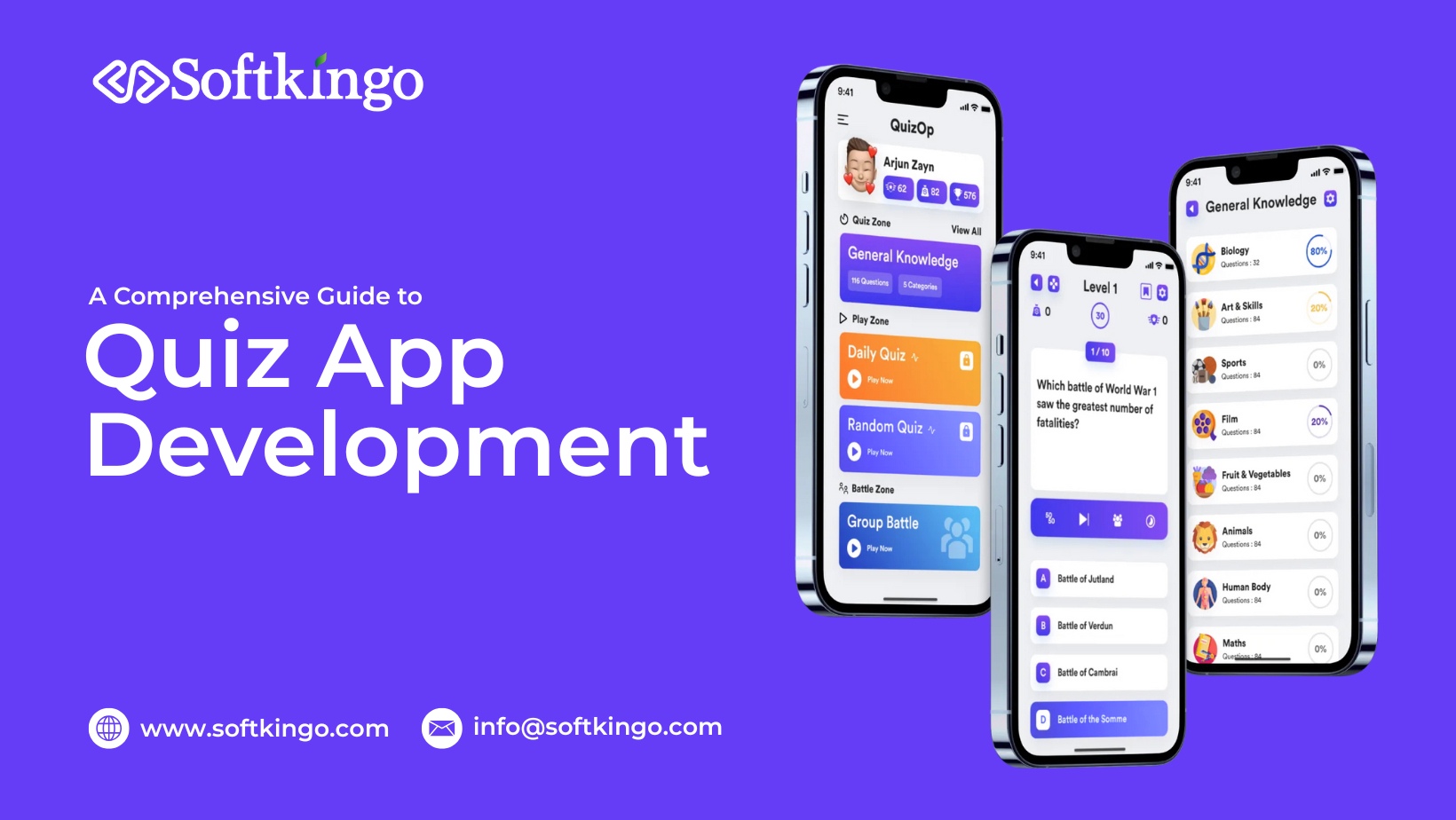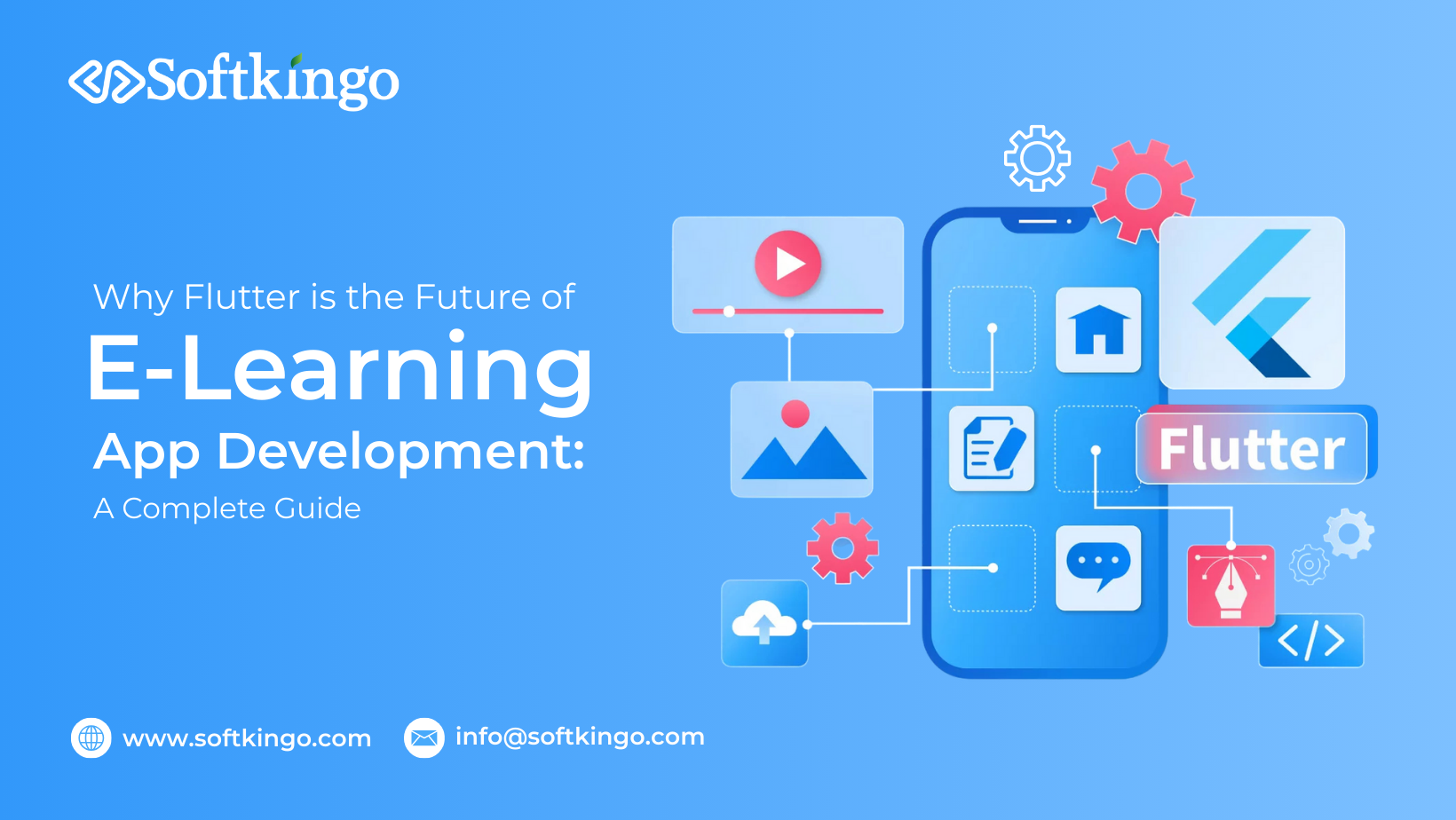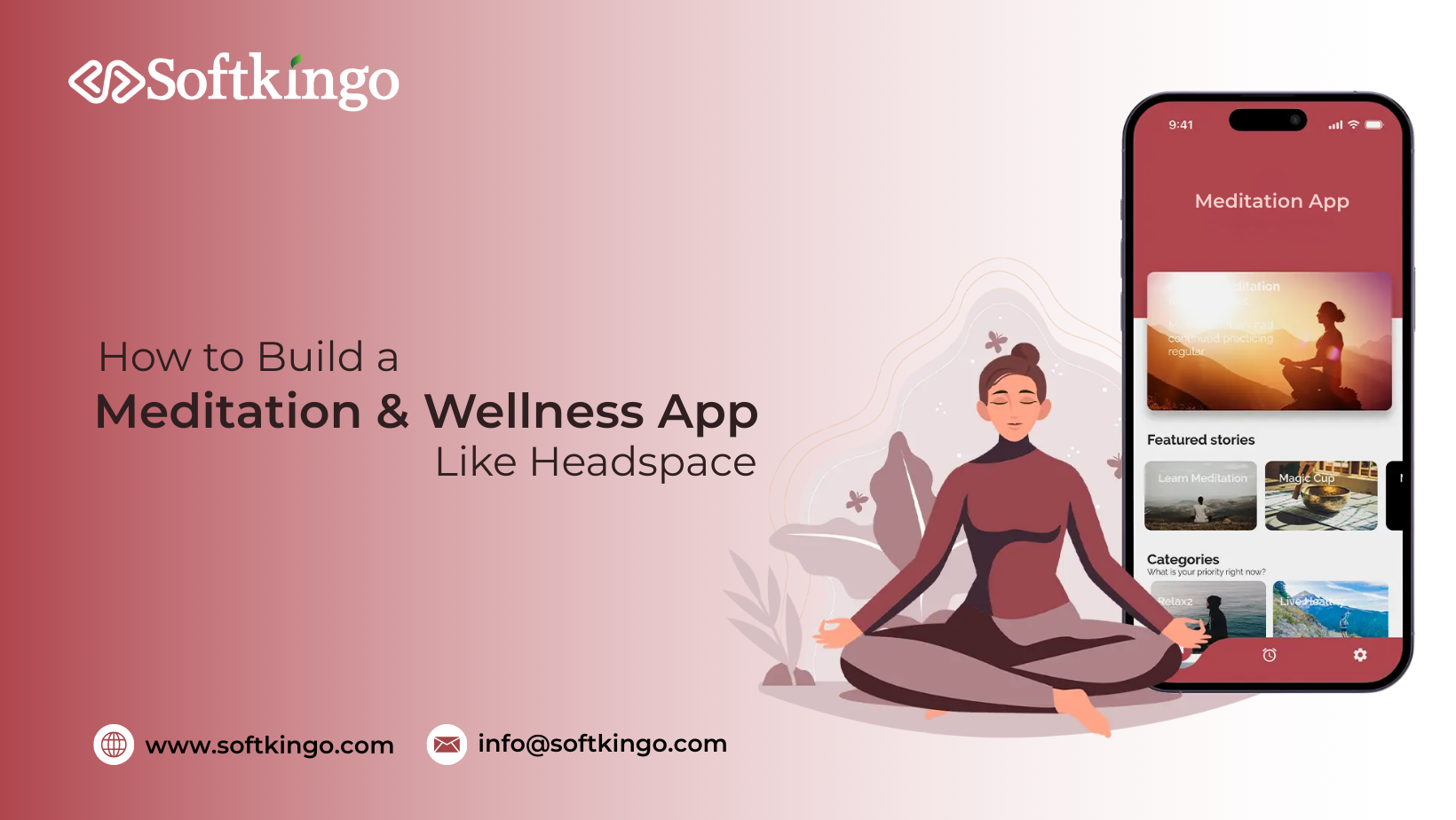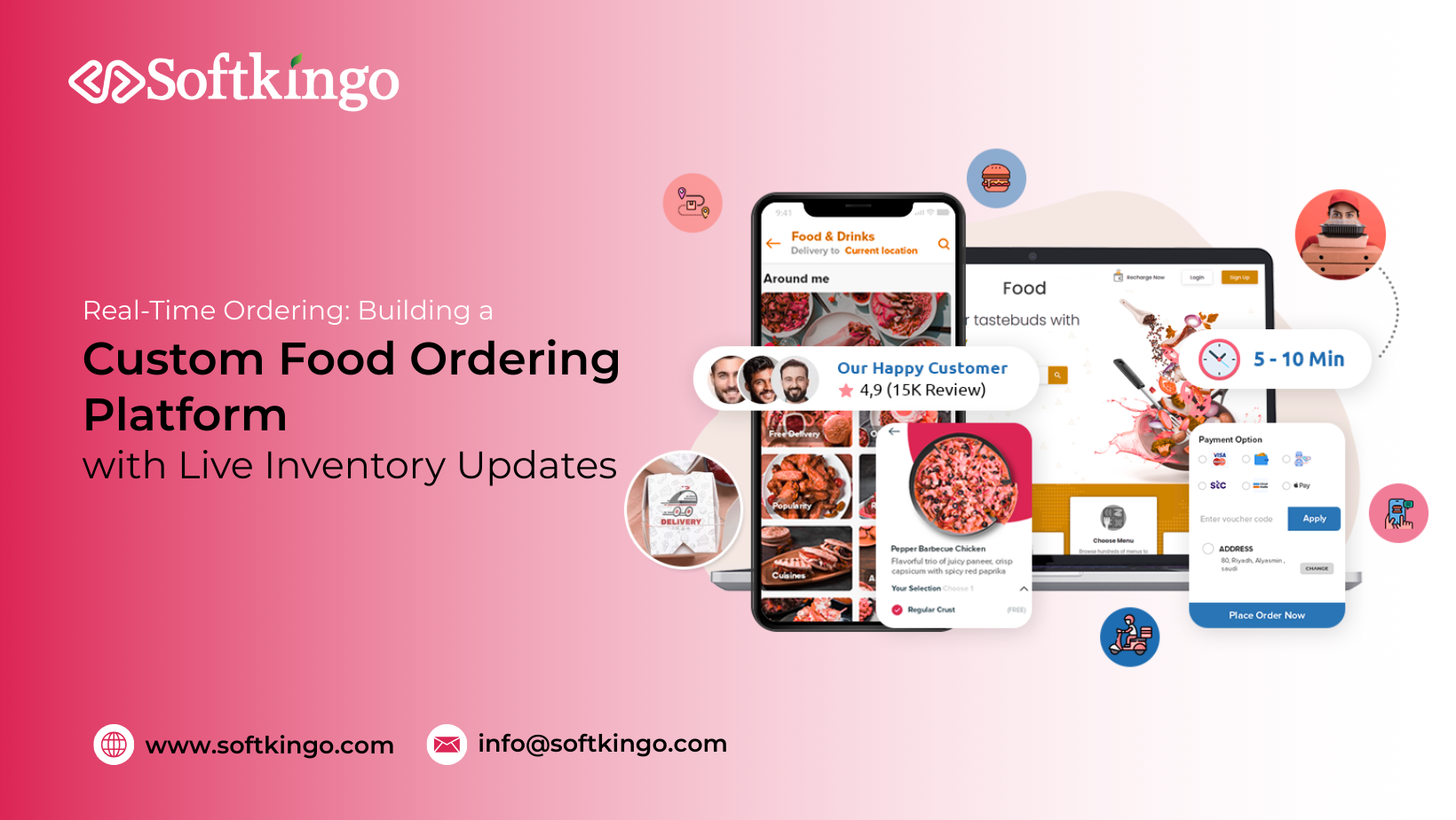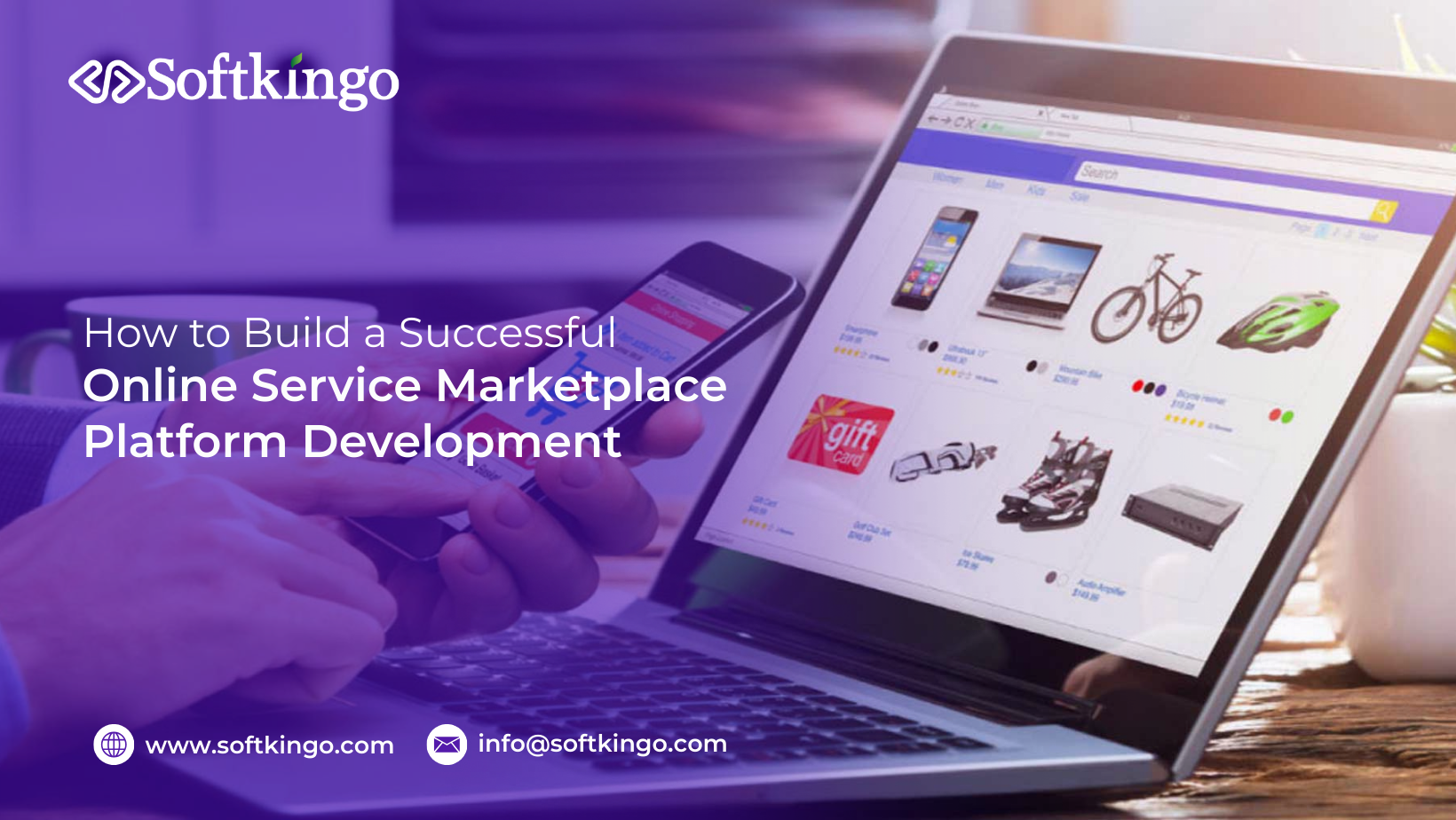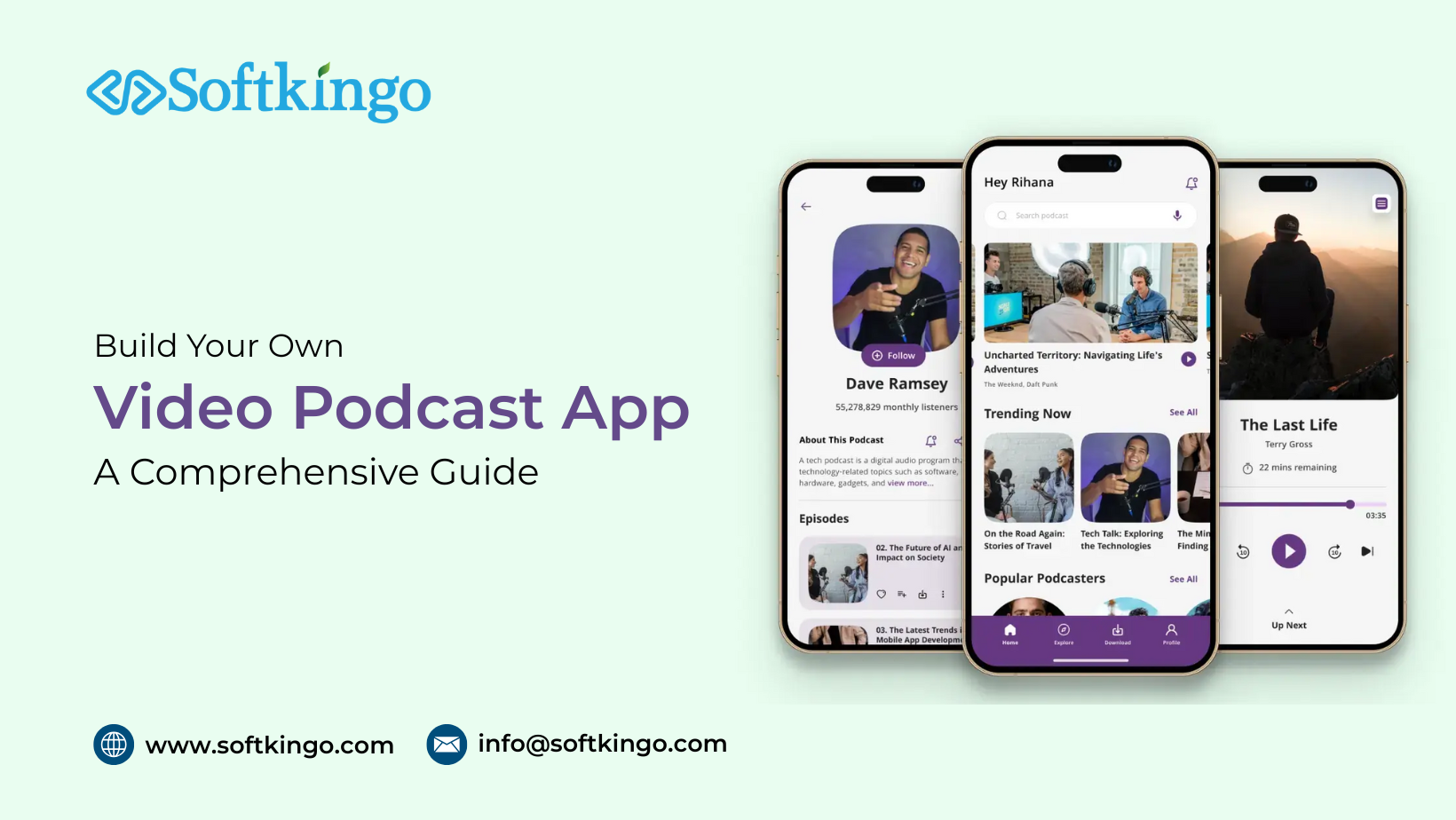Mobile App Development: Finding the Right Balance Between Cost and Quality
- 1 May 2025
-
 Paramhans Singh
Paramhans Singh

When venturing into mobile app development, you're often faced with a critical dilemma: what matters more — the cost of development or the quality of the final product? Finding the right middle ground between affordability and excellence is essential. On one hand, users demand seamless, high-performing experiences. On the other, businesses have to operate within budget constraints.
So, how can you ensure excellent app performance without overspending?
This blog explores the intricate relationship between the cost to develop an app and the quality it offers, backed by industry research. Let’s dive into how you can strike the right balance and make sure your investment delivers long-term value.
Breaking Down the Essentials of Mobile App Development Cost
The cost to develop an app depends on several factors, including complexity, development approach, and developer location. Here’s a breakdown of the main elements that affect your budget:
1. App Complexity
Simple apps with basic functionality cost significantly less than advanced apps with features like real-time updates, payment systems, or integrations with other platforms.
2. Platforms
Native development for a single operating system (iOS or Android) is cheaper than building an app for both platforms.
3. Location of Developers
Rates vary widely by region:
- North American developers: $100–$150/hour
- South Asian developers: $20–$50/hour
4. Design and Features
Advanced, custom UI/UX designs, along with functionalities like AR (Augmented Reality) or AI (Artificial Intelligence), greatly increase development costs.
So, how much does it cost to make an app on average?
According to industry reports, the cost for a medium-complexity app can range between $30,000 and $70,000+. High-end enterprise apps can exceed $80,000. While it might be tempting to go for the cheapest option, investing in higher quality often leads to better results—and fewer headaches.
The Cost of Poor Software Quality: A Hidden Expense
Before focusing solely on budget, consider the hidden cost of poor software quality. According to Herb Krasner, poor software cost U.S. businesses a staggering $2.08 trillion due to bugs, security flaws, and user dissatisfaction.
Here’s why it matters: a user may only give your app one or two chances. If it crashes or underperforms, 70% of users abandon it, often permanently.
The consequences?
- Loss of revenue and users
- Expensive bug fixes and updates
- Damaged reputation
- Additional marketing spend for re-launch
In short, cutting costs on quality now may lead to much higher expenses later.
Agile vs. Traditional Methodologies: Ensuring Quality
Research by Mohsin Nazir compared Agile and traditional methodologies in mobile app development, particularly for Android apps. The findings?
- Agile teams detected and resolved bugs 30% faster
- Agile reduced post-release maintenance costs
- Overall software quality improved significantly
Another study by Ali Asfour et al. showed that Agile:
- Reduced time-to-market by 20–30%
- Increased customer satisfaction through faster feedback integration
By adopting Agile, teams can maintain control over budgets, timelines, and quality—all at once.
How Much Does Making an App Cost?
Several factors impact mobile app development cost:
1. Complexity of Features
Advanced features such as AI, notifications, and AR/VR require more development time and resources.
2. Platform
Creating a hybrid app (for both iOS and Android) can be more cost-effective than building separate native apps.
3. Design
Investing in top-tier UI/UX is crucial—but also comes at a higher cost.
4. Development Team
Experienced developers may charge more, but they can save you from costly rework in the future.
Industry averages:
- Basic app: $20,000–$40,000
- Medium-complexity app: $30,000–$70,000
- Enterprise-level app: $80,000+
Going cheap might feel good initially, but can result in higher long-term costs due to maintenance, poor performance, and user churn.
How to Prioritize Quality Without Overblowing Your Budget
Here are practical strategies to maintain high quality without overspending:
1. Define Core Features (MVP Approach)
Start with a Minimum Viable Product (MVP). Focus on the must-have features that solve core problems. Add other features later, based on user feedback and evolving needs.
Recommendation: Avoid common UI/UX design mistakes to keep costs in check.
2. Outsource to Cost-Effective Regions
Hire developers from Eastern Europe, South Asia, or Latin America. Many offer a better price-to-quality ratio compared to North America or Western Europe.
Tip: Vet your outsourcing team thoroughly. Ensure they follow Agile methodologies and have quality assurance protocols in place.
3. Prioritize UX and Performance
Speed and responsiveness are key. Research shows that each second of delay in page load time results in a 20% drop in conversions. Invest in GUI design and app performance to retain users and drive revenue.
4. Leverage Pre-Built Frameworks
Utilize proven libraries and APIs for common features like social login, payments, and push notifications. This saves development time and costs, without sacrificing quality.
5. Test Early and Often
Testing should be integrated throughout the development cycle. Early testing catches bugs when they’re cheaper to fix, preventing expensive post-launch issues.
Recommendation: Understand the benefits of post-launch development and support to ensure long-term success.
6. Use Agile Methodology
Agile lets you develop iteratively, giving you full control over budget and features. It enables faster changes, better user feedback integration, and continuous improvements.
Real-Life Examples: Cost vs. Quality in Action
1. Instagram
Initially launched as a simple photo-sharing app, Instagram focused on high performance and intuitive UX. Its simplicity and user-centric approach helped it scale rapidly.
2. MyFitnessPal
MyFitnessPal started with a basic calorie counter MVP. By focusing on a single function, they won users’ trust before expanding into a full health and fitness platform.
These success stories show how MVPs, quality UX, and continuous improvement can deliver high value while keeping initial costs manageable.
Striking the Balance with Softkingo
The debate between cost and quality often comes down to perspective. While it might seem wise to cut corners upfront, the long-term costs of poor-quality development—lost users, rework, reputation damage—are far greater.
At Softkingo, we believe in:
- User-first design
- Agile practices
- Affordable, skilled talent
- Early and continuous testing
You don’t need to reinvent the wheel. Focus on the features that matter most and use scalable, cost-effective development models to deliver value.
Final Thoughts
The real question isn’t just “How much does it cost to develop an app?” — it’s “What will poor-quality development cost you over time?” In today’s competitive mobile market, cutting corners might save money upfront but can lead to far greater expenses in the long run — from lost users and security issues to expensive reworks and brand damage.
The key is finding the right balance: investing wisely in quality while staying within budget.
At Softkingo, we help businesses do exactly that. Our approach focuses on:
- Building robust MVPs that prioritize essential features
- Using Agile methodologies for flexibility and efficiency
- Offering high-quality development at cost-effective rates
- Ensuring strong UX, performance, and long-term scalability
Whether you're launching a startup app or scaling an enterprise solution, Softkingo is your trusted partner in building smart, affordable, and user-focused mobile applications.
Let’s help you turn your vision into a high-performing app — without compromising on quality or overspending.
Paramhans Singh is the CEO and founder of Softkingo Technologies, bringing over 8 years of experience in delivering custom software solutions that help startups and enterprises achieve their business goals. He has successfully validated more than 220 app and website ideas and delivered over 100 tailored solutions, utilizing a range of technologies such as Swift, Kotlin, React Native, Flutter, PHP, RoR, IoT, AI, NFC, AR/VR, Blockchain, and NFTs.



